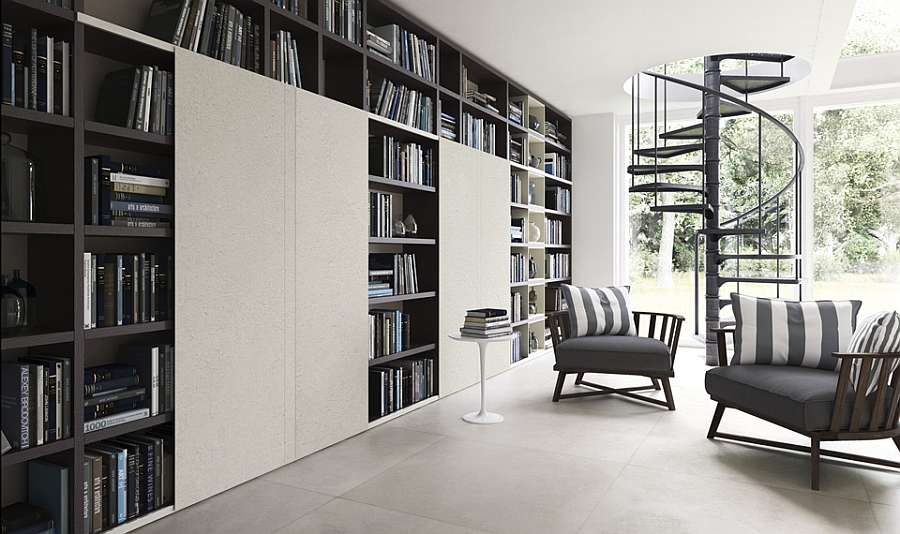New, exclusive ideas in the frame of the premises always give zest to the interior. Epoxy countertops are always a note of originality in the ordinary kitchen, dining room or living room set.
Tables of epoxy resin: types and design features
Epoxy resin is a rather complex chemical element, but it has many advantages. One of such advantages is the ability to create with this material a rich range of countertops, absolutely different in appearance and design features. There are some products:
- Transparent, having no basis;
- With a base made of wood or wood parts;
- Combined models;
- With different fillings.
- With the base the compositions are much stronger and can withstand almost any mechanical load. For the base can be used as a natural wood, as well as its derivatives of fiberboard, chipboard. The base can also be made of metal or plastic.
It is quite interesting to look at the models, through the surface of which you can see the natural pattern of wood sawing. It may be even part of the floor, just check epoxy garage floors in San Jose. Plastic allows you to build the most intricate forms. Metal brings austerity and sharpness to the interior.
The epoxy resin can be necessary not only for tabletop pouring, but also for form creation. This solution has transparent models that have no base. The whole structure is poured out of the resin and can have both classic design and the most unusual. In layered pouring, decorative elements can be inserted at any depth.
In combination models, sometimes it is difficult to understand whether the sheet metal basis or it – part of the decoration. Due to the fluidity, epoxy can be poured into any object. Combination of materials – a favorite solution for many furniture and interior designers.
Manufacturing of tabletops with your own hands.
You can make a tabletop from epoxy with your own hands. However, it is painstaking work that requires accuracy and basic knowledge about the properties of the material. The relative simplicity of the process, which does not require special devices or conditions says the fact that even in the production environment, the products are poured out manually.
Tools and materials
The set of fixtures, material and its quantity depends on the model configuration. For the simplest design, you will need the following set:
- Epoxy mixture;
- Plates for formwork construction;
- Adhesive;
- Plastic sheet (you can use a sheet of plywood);
- Packaging for mortar mixing;
- Drill with stirring nozzle or a normal manual device;
- Grinder (can be replaced with a sandpaper with fine abrasive particles);
- Sealant on silicone;
- Polishing paste;
- Screwdriver;
- Spatula, which is a tool for distribution of resin on the surface;
- Screwdrivers on wood;
- Screwdriver with rollers for contour refinement.
- If you intend to decorate the surface, you should take care of the decorating elements in advance.
Which epoxy to choose
Epoxy resin for worktops – a chemical compound consisting of two components, directly the resin itself and the hardener. Each of the components separately is quite elastic, but after joining, they turn into hard matter.
A wide variety of resins with different properties are available. It should be selected based on the following criteria:
- The minimum and maximum thickness of the layer is taken into account;
- The service life of the finished product;
- The time from the beginning of the process to the complete drying of the resin.
- If the material has the minimum thickness of application, the consistency of the resin will also be liquid. On the other hand, it is important to penetrate deep into the workpiece. Masters make tabletops in layer-by-layer pouring. This helps to avoid inclusions and bubbles.




















